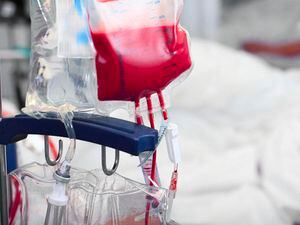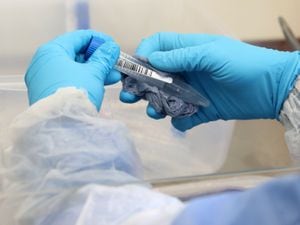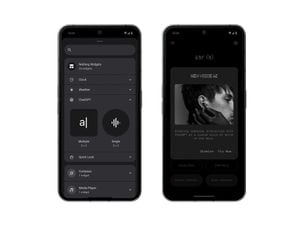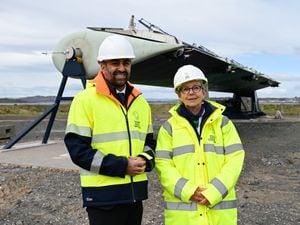This is why more black blood donors are needed
The NHS are urging more people from black African and black Caribbean ethnic backgrounds to regularly donate blood with an amazing Twitter thread.

A Twitter thread by Give Blood NHS calling for more black blood donors has received loads of praise online for its creative gif-laden explanation – while heading off possible accusations of racism.
Currently only 1% of blood donors are from black African and black Caribbean ethnic backgrounds, according to NHS Blood And Transplant, and many more are needed to help patients with one particular condition. Here’s why…
Everyone’s blood is not the same
The Give Blood NHS account tweeted: “Blood can have more than 30 different types of blood groups. You’ve all heard of ABO, right? That’s one blood group… you’ve heard of people being ‘positive’ or ‘negative’? That’s another blood group.
“Blood groups are more or less common in different ethnic groups. So black people are more likely to have, say, B negative blood… That’s not to say white or Asian people can’t be B negative or that all black people are B negative.
“It just means people from the same ethnic background are more likely to have the same blood groups. And for blood transfusions to work, you need well matched blood types.”
Black people are more likely to have the rare subgroup Ro than white people
The Ro subtype is simply blood with a certain combination of genes and is perfectly normal. People with this subtype will still always fit into one of these four blood categories: A positive, B positive, AB positive or O positive.
The NHS website Give Blood explains: “The Ro subtype is more than 10 times as common in individuals from black African or black Caribbean ethnic backgrounds, than in individuals from white ethnic backgrounds.”
Many people with sickle cell disease have Ro blood
Sickle cell disease is an inherited, life-threatening genetic condition which is more common in black people.
Give Blood NHS posted: “People with sickle cell disease develop sickle-shaped blood cells that can’t circulate around their body. They are at risk of stroke, serious infections and very painful crisis episodes.
“Many people with sickle cell disease need regular blood transfusions of healthy blood to stay alive. If you keep getting transfusions, and your blood is not very well matched, your body will develop resistance to transfusions.”
Just to clarify though, Ro subtype and sickle cell disease aren’t connected – if you have Ro blood, it doesn’t mean you have sickle cell, and vice versa.
There’s a lack of blood donors with Ro blood
Only 2% of current blood donors have the Ro subtype, according to NHS website Give Blood. And according to Stephen Bailey, corporate communications manager for NHS Blood And Transplant: “We need 40,000 new black blood donors.”
There are 36 blood group systems, but when it comes to blood transfusions, the most important ones are ABO group and Rh group. When a patient needs a single blood transfusion, they can usually be given blood based on only the ABO group and Rh group. But when someone requires multiple blood transfusions (like those with sickle cell disease), they need to be given more extensively-matched blood. If a patient has the Ro subtype and requires ongoing multiple transfusions, more often than not, they’ll need the blood of the Ro subtype.
Most people don’t know they have Ro blood
As part of a new initiative, the NHS have started telling donors if they have the Ro subtype and what that means. The NHS may also contact these donors and ask them to make a special effort to donate more.
And the campaign has already encouraged more people to sign up
You can register here to become a donor and book an appointment, or attend a drop-in session. Just before donating, you’ll be asked to drink 500ml of fluid to help you feel better during and after the session. The nurse will check your iron levels and you’ll fill out a health check form. During the donation itself, a cuff will be placed on your arm to maintain a small amount of pressure and a needle will be inserted into your arm to collect 470ml of blood (just under a pint) into a blood bag – this takes between five and 10 minutes. The whole appointment should take no longer than an hour.





